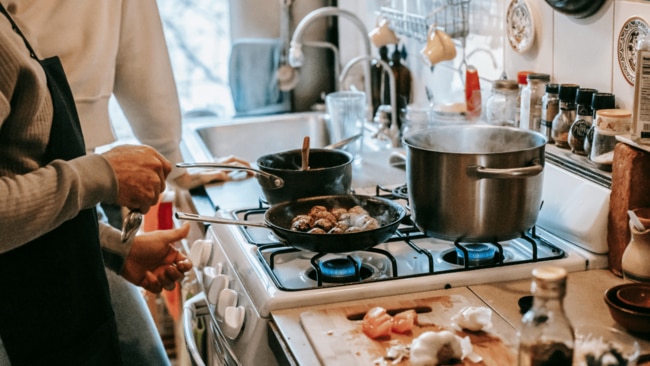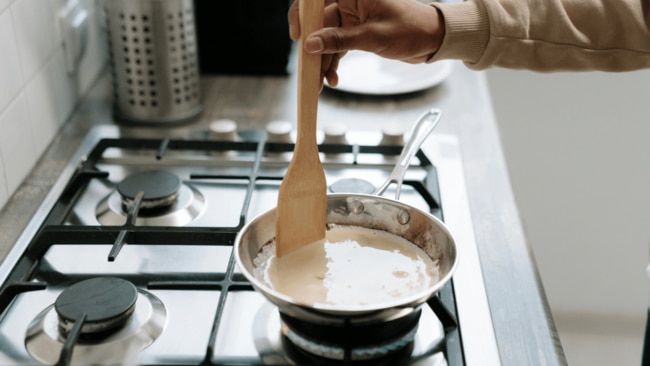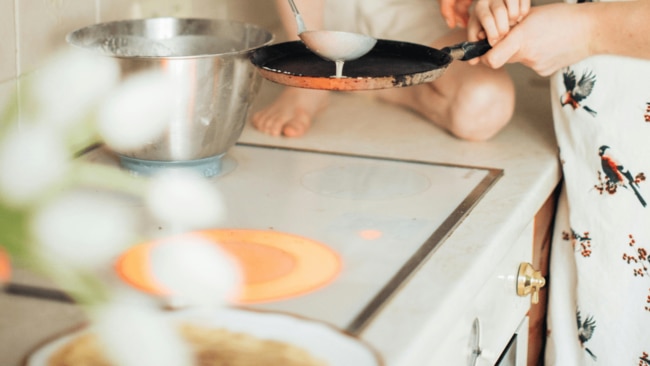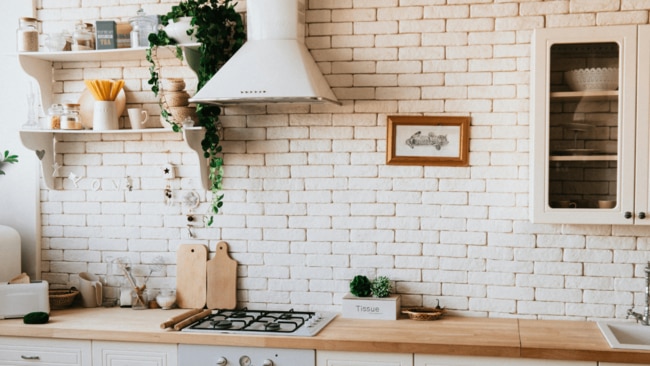Are gas stoves actually safe? Here's what you need to know
The risks of the most common cooktops in Australian homes

Lifestyle
Don't miss out on the headlines from Lifestyle. Followed categories will be added to My News.
Despite the saying 'now you're cooking with gas' leading us to believe a gas stovetop is always the better option, there has been a global push to reduce the use of gas burners to limit risks.
While many of us dream of upgrading our slower-heating electric stoves to gas, you may want to read this before rushing out to get your fancy new stovetop.
There has been a push over the years to limit the use of gas, particularly in the home. Gas connections in new homes have been banned in Victoria and the ACT, so residents living in new builds will benefit from more energy-efficient electric cooktops and a reduced risk of air pollution inside.

A 2018 report found that 38 per cent of Australian homes use gas stoves, and around 12 per cent of asthma in children can be linked to the air pollutants from these cooktops.
How do gas stoves exacerbate asthma symptoms?
“Natural gas combustion is a significant contributor to greenhouse gas emissions,” professor of Environmental Health Sciences at Columbia University Irving Medical Center, Darby Jack, told HuffPost.
Gas stoves can release pollutants such as nitrogen dioxide, benzene and formaldehyde into the air.

Benzene is carcinogenic, while nitrogen dioxide, or ‘nox’, is a respiratory irritant.
Nox has been linked to childhood asthma as a result, but it can be hard to know how much is in the air without a monitor, so how can you limit the air pollution caused by cooking with gas?

How to safely cook with gas
Use your exhaust fan
Senior scientist at PSE Healthy EnergyLevel, Eric Lebel told the publication that the more you cook with your gas stove, particularly at high temperatures, the more nox is released.
Many people don’t have the option to swap their gas stovetop for an electric option right now, but there are changes you can make to the way you use your cooktop to reduce the effect of air pollutants.
Even if you hate how loud they are, high-efficiency exhaust fans are installed above stoves for a reason; they work. The hoods can reportedly capture and redirect over 75 per cent of air pollutants from burning gas.

Fans that fail to redistribute the air outside and those with lower flow rates are less effective, but using them is better than nothing, especially considering many people don’t regularly turn them on while cooking.
Using the back burners while cooking can also improve the fans’ efficiency.
Lebel said to “use it, even if you’re only boiling water or preheating the oven”, and leave it on for at least 10 to 20 minutes after you’ve finished cooking.

Improve ventilation
In addition to turning on your exhaust fan, you can easily reduce the amount of air pollutants in in your home by letting out the trapped air.
Increasing air flow can improve air quality, so try to keep your windows open while you’re cooking and for a while afterwards.
Jack said there’s no need to panic if you’re a healthy adult who isn’t exposed to the gas all day every day in your workplace for example, adding “we don’t have good evidence showing there is a direct health benefit to switching from gas to electric.”
More Coverage
Originally published as Are gas stoves actually safe? Here's what you need to know




